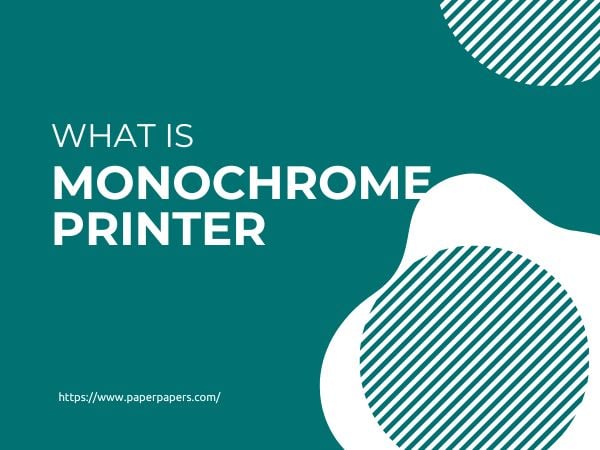What are Printable Electronics? Applications & Challenges
Do you know that the Global market of printable electronics is expected to reach $23.0 billion by the year 2026? That’s a lot of investment, especially for a technology that’s still in the early stages of development.
But the question is: What are printable electronics, and why are they going to be a huge industry in the near future?
Imagine a world where your clothes can track your fitness, your food can tell you when it’s about to go bad, and your bandages can monitor your wounds. This is the future of printable electronics!
In this blog post, we will take a closer look at printable electronics. We’ll discuss printed electronics applications and the printed electronics challenges that need to be overcome before they can be widely commercialized.
What is Printable Electronics?
The term “printable electronics” describes a new technology that allows for the printing of electrical components and devices. This allows us to create electrical gadgets that are slim, bendable, and perhaps biodegradable.
Printable electronics are like magic on paper! It’s a way to make electronic devices by printing special ink onto materials like paper or plastic. Imagine printing a working flashlight or a musical greeting card. Instead of wires and chips, we use special ink that conducts electricity.
It lets us create flexible screens, intelligent labels, and even tiny sensors. It’s super handy for making gadgets cheaper and more eco-friendly. So, printed electronics are like drawing with electricity to create unique, paper-thin devices.
Types of Printed Electronics
Printed electronics can be divided into two types;
1. Passive Printable Electronics
Passive devices, like resistors, capacitors, and inductors that are capable of conducting electricity, are called passive printable electronics.
2. Active Printable Electronics
Active devices such as transistors, diodes, and sensors that have the ability to generate or amplify signals are known as active printable electronics
Applications of Printable Electronics
Printed electronics have a wide range of potential applications, including:
A. Smart Label and Packaging
Printed electronic products can be used to create smart labels and packages that can interact with consumers and provide additional information about the product. For example, a smart label on a food package could tell you when the food expires or if it has been tampered with.
B. Displays
Displays for mobile devices like smartphones and tablets may be made more flexible and lightweight due to printed electronics.
C. Sensors
Sensors for use in fields as diverse as medical diagnostics, environmental monitoring, and food safety may be made cheaply and disposable using printed electronics.
D. Solar Cells
Printed electronics can create flexible and lightweight solar cells for powering various electronic devices.
E. RFID Tags
Printed electronics can create inexpensive, disposable RFID tags for tracking and identifying items.
F. Wearable Electronics
Flexible and lightweight wearable electronics like fitness trackers, smartwatches, and medical equipment may be manufactured using printed electronics.
Challenges of Printable Electronics
Several challenges need to be addressed so that printed electronics can be widely commercialized. Some of these challenges include:
I. Performance
Printed electronic devices often have lower performance than traditional electronic devices.
II. Reliability
Printed electronic devices can be less reliable than traditional ones, especially in harsh environments.
III. Cost
Although the price associated with devices is currently relatively high, it is projected to decrease as the technology continues to advance and mature.
Conclusion
In conclusion, printable electronics are like the superheroes of the electronics world. They are flexible and adaptive since they may be printed on many different materials.
We currently employ them in everyday items, and if scientists can overcome the obstacles they face, we may see even more remarkable developments in the years to come.







